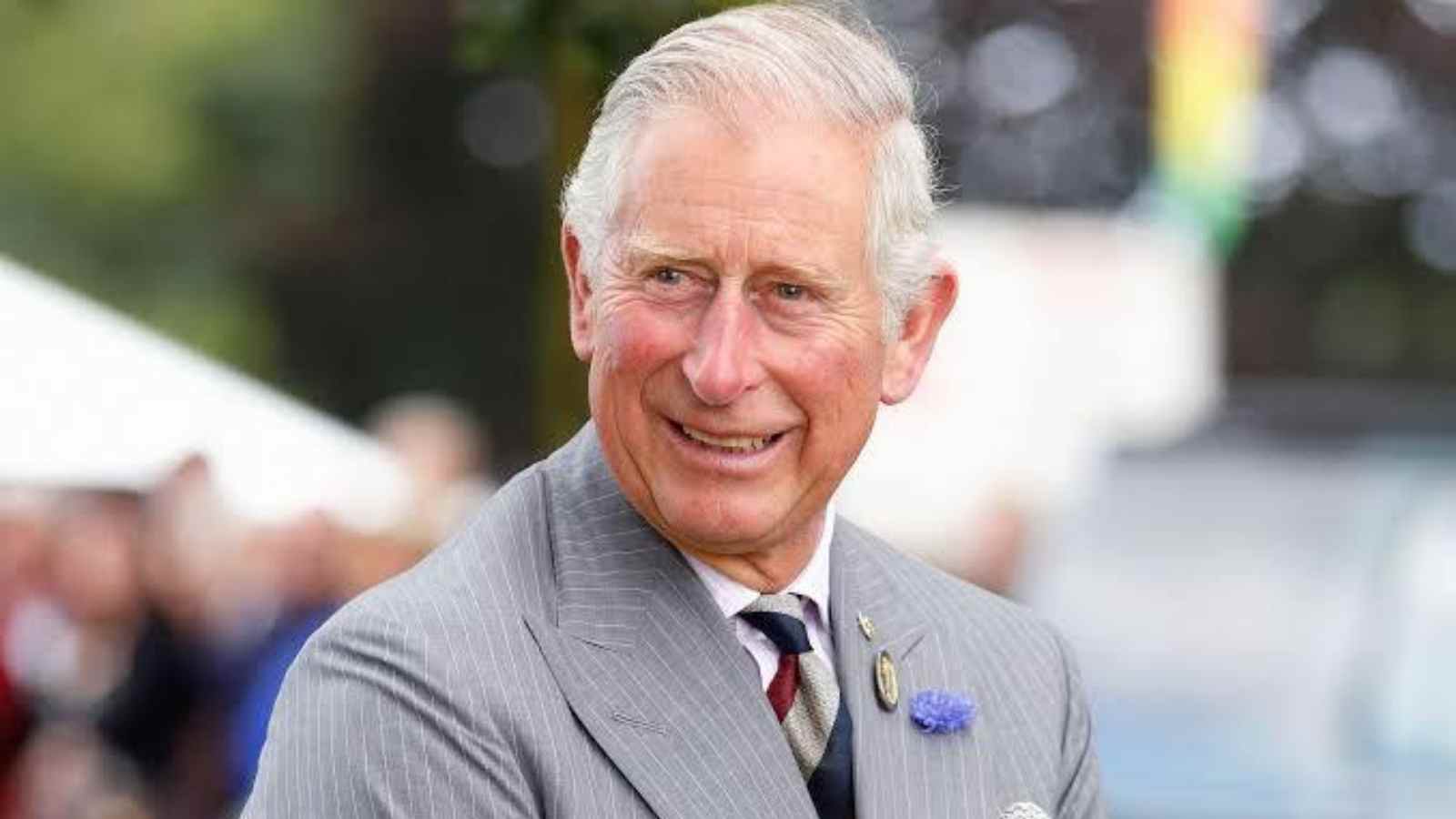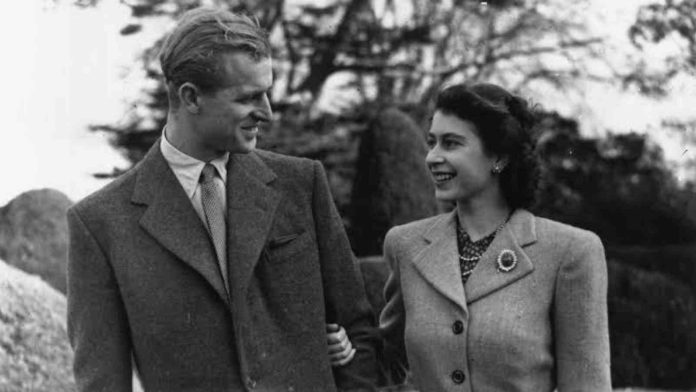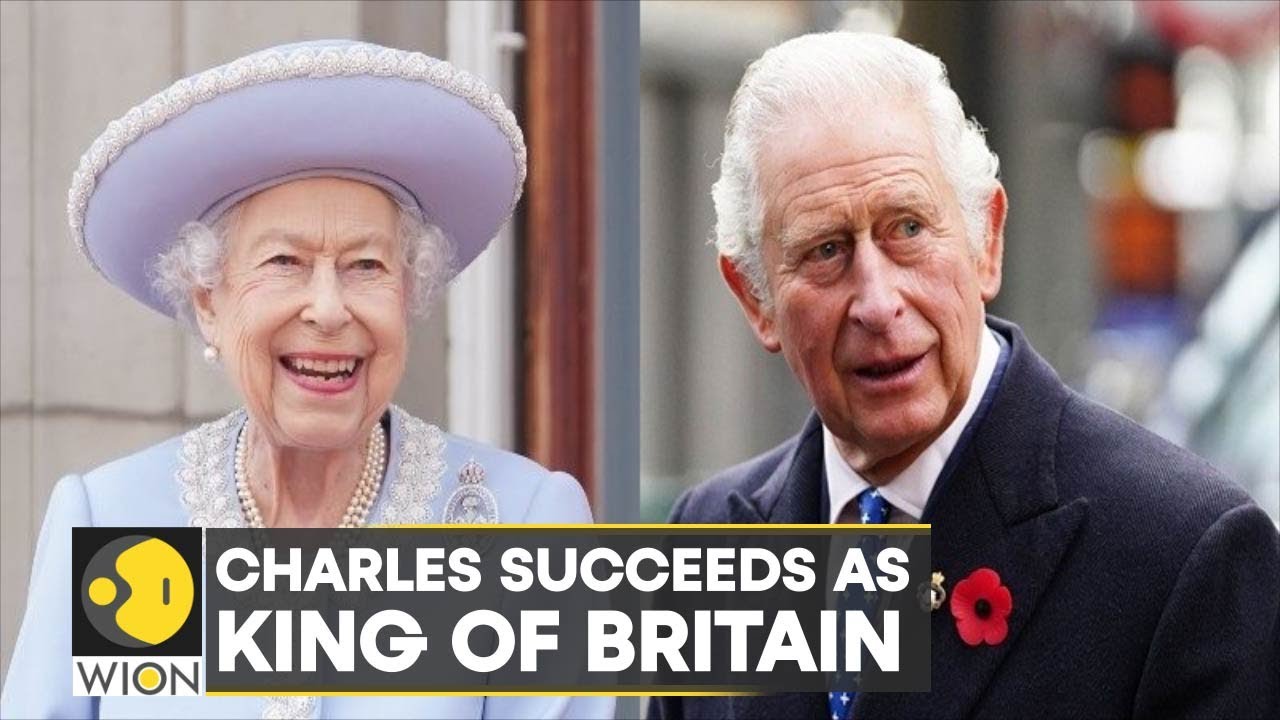Queen Elizabeth II passed away on September 8, 2022. She ascended the throne in 1953, the longest reigning monarch to date. Following the death of the Queen, Prince Charles, 73, her son ascended the throne of England.
The monarchy in the United Kingdom works in a different way. It is, after all, not a complete monarchy but a constitutional monarchy. Here is a guide to the powers that the late Queen, Elizabeth II, had, and what the monarch rule book says about the King being the head of the state.
Read More: “Her Reign Will Go Down In History Forever”: Twitter Mourns Queen Elizabeth II’s Death
The Roles Of Late Queen Elizabeth II

According to the official website of the Royal Family, the monarch’s main role is to serve as a vital part of Britain’s “national identity, unity and pride”. UK has a constitutional monarchy, which means it’s the Parliament, which has the ultimate say to make and pass legislation. However, only with the approval of the Queen can a bill can become an Act of Parliament, a process called Royal Assent. The Queen also had the power to dismiss the Prime Minister and other ministers. She also had the power to summon, prorogue and dissolve Parliament, and quite surprisingly, the power to make war and peace also lies in the hands of the Queen.
Apart from this, she mostly performed representational duties for Britain. For instance, embarking on goodwill visits abroad and hosting foreign heads of state.
Read More: 10 Laws Queen Elizabeth II Was Allowed To Break
Head Of The State: King Or The Queen?

In a monarchy, both the Queen or the King could be the head of state. Both the King or the Queen will retain a symbolic role in government. With the passing away of Queen Elizabeth II on Thursday September 8, her son, Prince Charles, ascended the throne. Along with being Britain’s head of state, he is also the head of state for other countries in the “Commonwealth Realm” that still recognizes the monarch, including Australia, Canada, and the Bahamas. The monarch doesn’t have any special rules for King, and Charles has begun his reign almost immediately. After waiting for 70 years, it’ll be quite interesting to see how Charles will take the British monarch from here on, especially after the United Kingdom has removed itself from the European Union, and it is well known that his methods of reign will be different from her mother’s.






